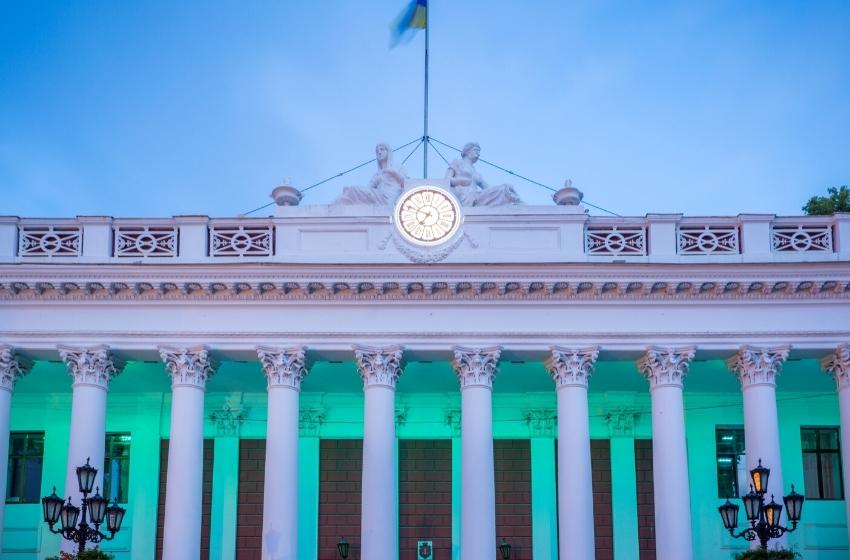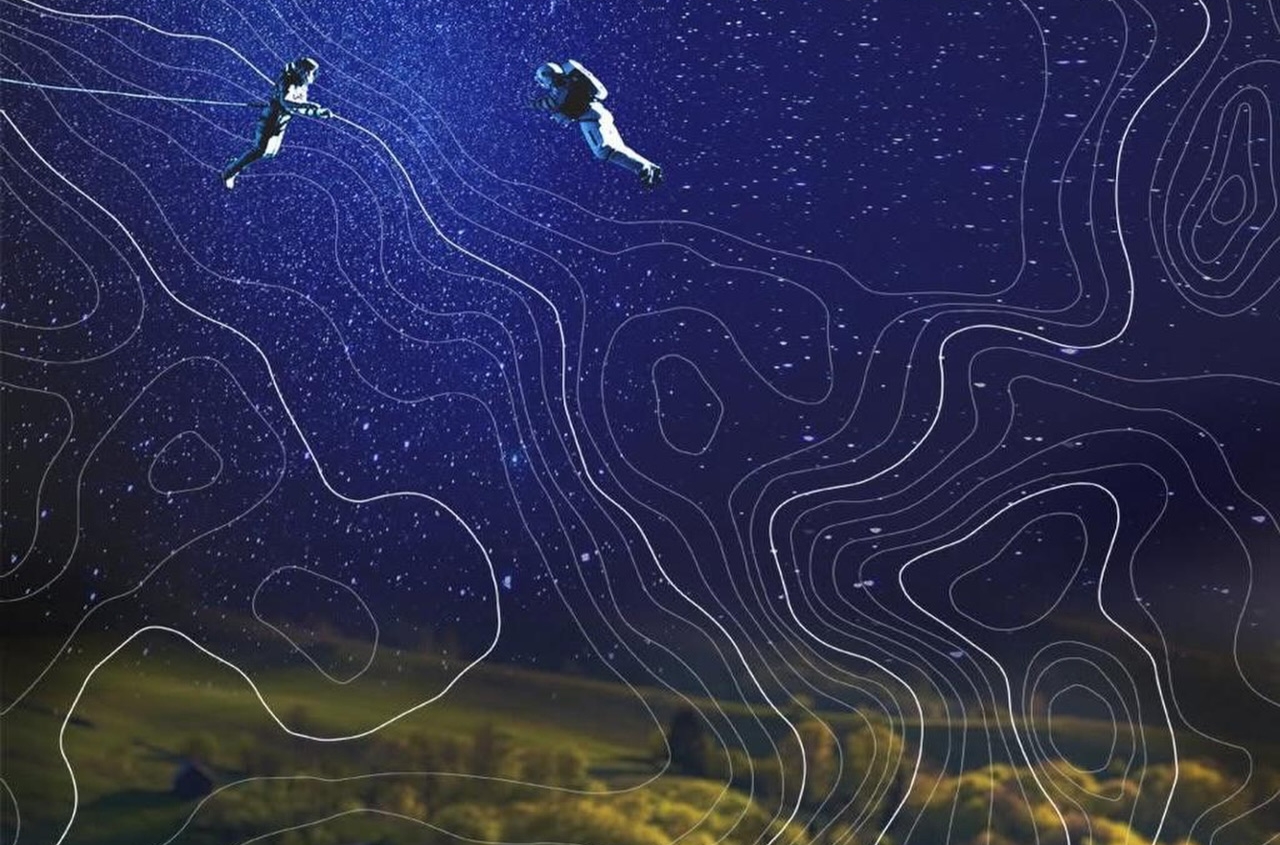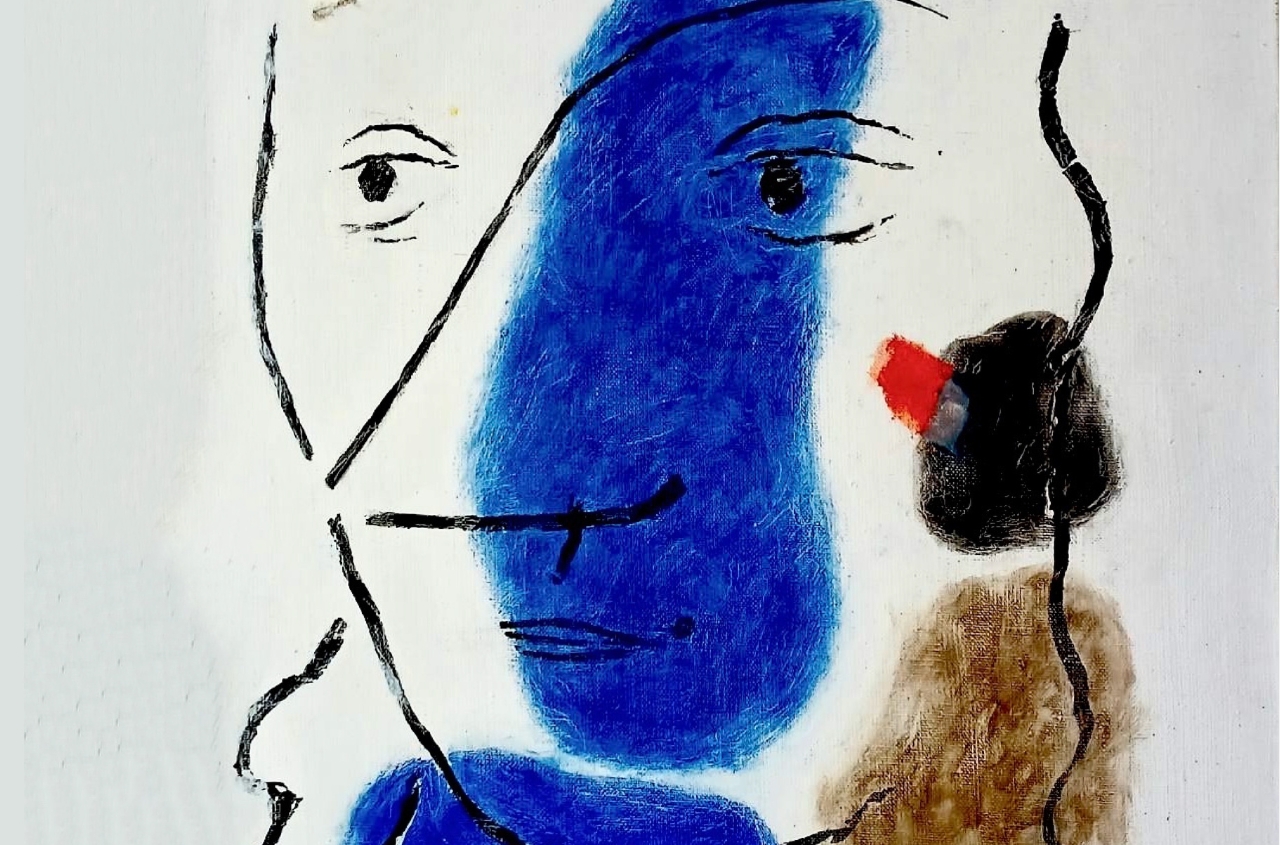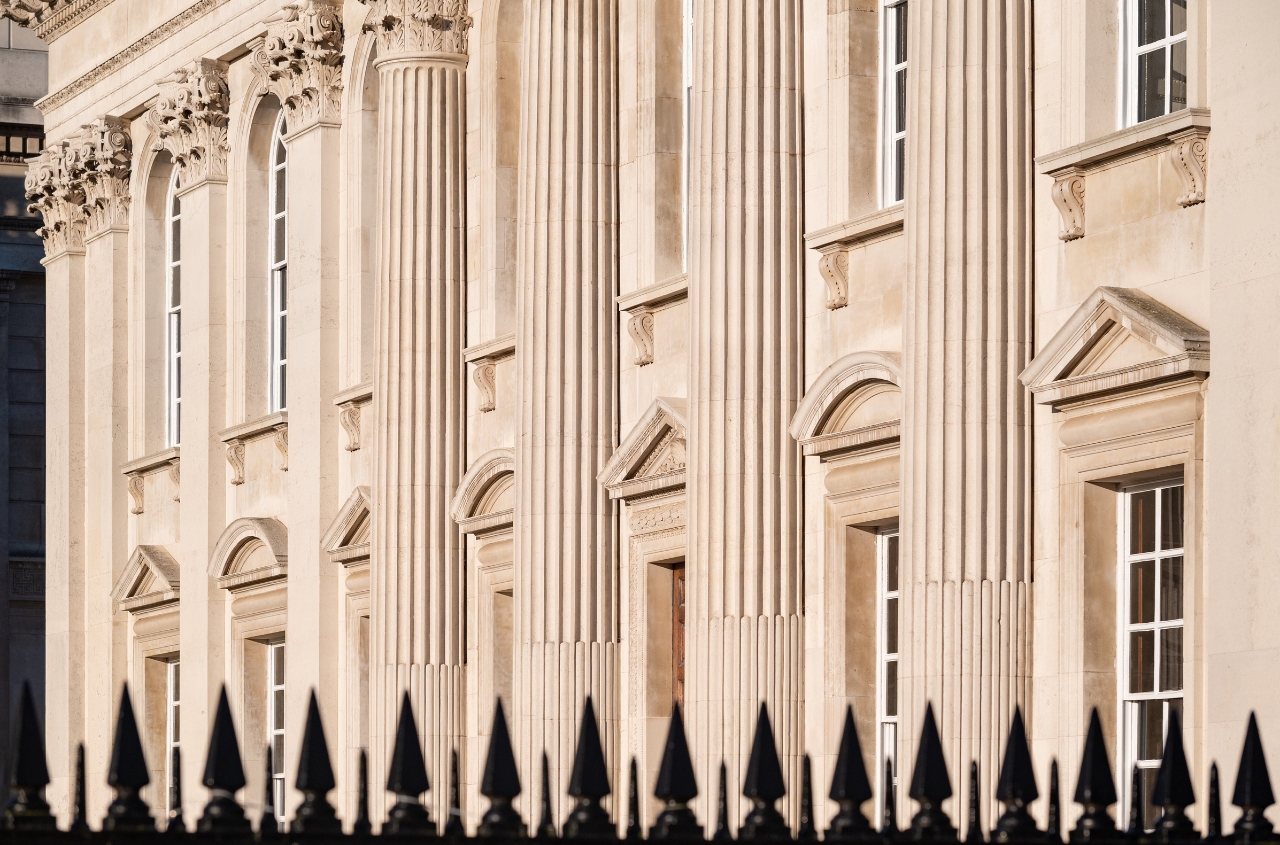We will tell you who lived and what they did in the past centuries. What influence they had on the development of the city, as well as what has survived since then. Known, unknown and interesting facts about Odessa.
Odessa is known for its humour, specific accent and sea. It is customary to count the history of the city from the reign of Catherine II, 18th century. But in fact, these lands were inhabited long before the Tsarina's decree.
As in every port city, many nations have always coexisted here. The multiethnic settlement inscribed in its biography the history of Greeks, Italians, Ukrainians, Turks, Albanians, Russians, Jews. No wonder there are streets Greek, Polish, Lithuanian, Arnautskaya, Jewish, Moldavanka district, Italian Boulevard and Istanbul Park.
Since 8-10 centuries the territory of the present Odessa region has been inhabited by Slavic tribes. The Tivertsy, who settled in these parts, fell under the rule of Kievan Rus and took part in the campaigns of the Kievan princes against Byzantium, later they were under the rule of the Galician principality.
One of the 11 gold coins preserved in the world from the time of Prince Vladimir is in Odessa. It can be seen in the archaeological museum.
Greek colonies on the territory of present-day Odessa existed even before our era. On Zhevakhova Mountain, archaeologists have discovered an ancient sanctuary, where in the 5-4 centuries BC the ancient Greek goddess, the patroness of fertility, Demeter, was worshiped. Excavations were carried out in other places as well.
At the end of the 13th century, on the site of Odessa, there was a Genoese settlement of merchants Ginestra, the name of which probably comes from the changed name of the Dniester. It was the parking lot of Italian sailors in the Odessa Gulf, from where grain and other goods were transported from the Black Sea region.
In the 14-15th centuries, the Black Sea region fell under the rule of the Grand Duchy of Lithuania, which established a settlement and the royal port of Khadzhibey here. The first mention in documents - 1415. The estimated location is Zhevakhova Mountain.
At the turn of the 15th-16th centuries, the settlement came under the rule of the Tatars, and they began to call it Khadzhibey. In 1765, the Ottoman authorities built a new fortress, Yeni-Dunya, located between the modern Potemkin Stairs and the Vorontsov Palace on Primorsky Boulevard.
The Turkish Khadzhibey was stormed by the Cossacks of Bogdan Khmelnitsky and Ivan Sirko, Semyon Paliy and Pyotr Kalnyshevsky. The 220-year-old Black Night oak stands on Shevchenko Avenue. According to legend, it was planted by the Black Sea Cossacks when they left Khadzhibey in 1792. And in the Luzanovka park, a national memorial in memory of Colonel Paliy was created.

In the Peresyp area there is a Museum of the History of the Ukrainian Cossacks. Dioramas, models, sculptures reflect the history of those times when the city was built. You can see Cossack ships, firearms and edged weapons, Cossack suits. In total, more than a thousand exhibits are collected here.
Finally, the fortress was conquered from the Ottomans, in 1789, by Russian troops led by José de Ribas and the Black Sea Cossacks led by atamans Anton Golovaty and Zakhary Chepiga. De Ribas wrote about this event: "The victory was celebrated in a Greek shank to the sounds of a Cossack hopak." In 1794, the city was renamed in the manner of the Greek colony Odessos and construction began. In the Starobazarny public garden there is a bronze monument to the ataman Anton Golovaty, who conquered Khadzhibey from the Turks.
The new Tsar after Catherine, her son Paul I, did not want to finance the building of the port and the city anymore; so the Odessa merchants bribed him with oranges. With 3,000 oranges they convinced the emperor and he allocated funds. In memory of this event there is a monument to the orange on Zhvanetsky Boulevard.
Among the first leaders of the city were many foreigners: the Naples-born Jose de Ribas, the French de Richelieu, the Briton Thomas Coble, the Frenchman Louis Langeron, the Russian Mikhail Vorontsov, the German Paul von Kotzebue, the Greek Grigorios Marazli. To increase the population of the city, Italians, Greeks, Germans, Bulgarians, Moldovans and Jews began to create their settlements here.

The Italians opened bakeries and pasta factories in Odessa. The first printing house in the city was owned by an Italian. Italian architects built the majestic buildings of Odessa in the 19th century. Genoa is the sister city of Odessa. In cities there are streets dedicated to each other - in Odessa there is a Genoese street, and in an Italian city - Via Odessa.
The first house in the city of Odessa after its renaming was built in 1794 for Count Volkonsky on Lanzheronovskaya Street.
The first monument in the city was erected to the Duke de Richelieu in 1828. He led the city and organized the production of stearin candles, wax, soap, powder.
The paving stones, which were used to pave the first roads of Odessa, were rather impassable, and were brought from Naples. Some sites, laid back in the 18th century, are still preserved on the streets of Pushkinskaya, Deribasovskaya. It was in Odessa where they began to pave roads with asphalt throughout the empire.
In 1886, Ilya Mechnikov and Nikolay Gamaliya organized the first bacteriological station in Ukraine and the second in the world (after Paris). This is reported by a memorial plaque on the house number 4 on Lev Tolstoy Street.

The Odessa Opera House was included in the Forbes list of the most unusual sights of Eastern Europe.
The oldest sparkling wine factory in Ukraine operates in Odessa on French Boulevard. It was founded at the end of the 19th century by Heinrich Roederer.
The first owner of a car in Odessa in 1891 was the publisher of the newspaper "Odessa leaflet" Vasily Navrotsky. The car was brought to him from Marseilles. His house stands next to the Opera House.
Odessa Church is the central Lutheran Cathedral of Ukraine. The Church of St. Paul was built by the German community in the 19th century.
In 1902, the first funicular in Ukraine was opened in Odessa. It connected the port and the upper part of the city.

Odessa doctor Ivan Lipa built a hospital for the poor near Odessa with his own funds. He founded the first in the sub-Russian Ukraine society "Prosvita", was the Minister of Health in the government of the UPR. A memorial plaque to father and son Ivan and Yuri Lipam is located on the house where they once lived on Pasteur Street.
The house at 25 Ekaterininskaya Street has one of the longest balconies in the world. It stretches across the entire third floor along the facade, from where you can simultaneously view both Ekaterininskaya and Grecheskaya streets. The building was built by a descendant of the Phanariotic princely family of Mavrokorodato.
In Odessa there is Ostap Bender Square, it occupies only 5 m². The smallest area in the world is located on Deribasovskaya street around the monument to the 12th chair.
The monument to Steve Jobs was erected in Odessa in 2012 by students of the State Academy of Technical Regulation and Quality in front of the hostel on Novoselsky Street. It was opened on the first anniversary of Jobs' death. The sculpture is equipped with a wi-fi distributor.





















